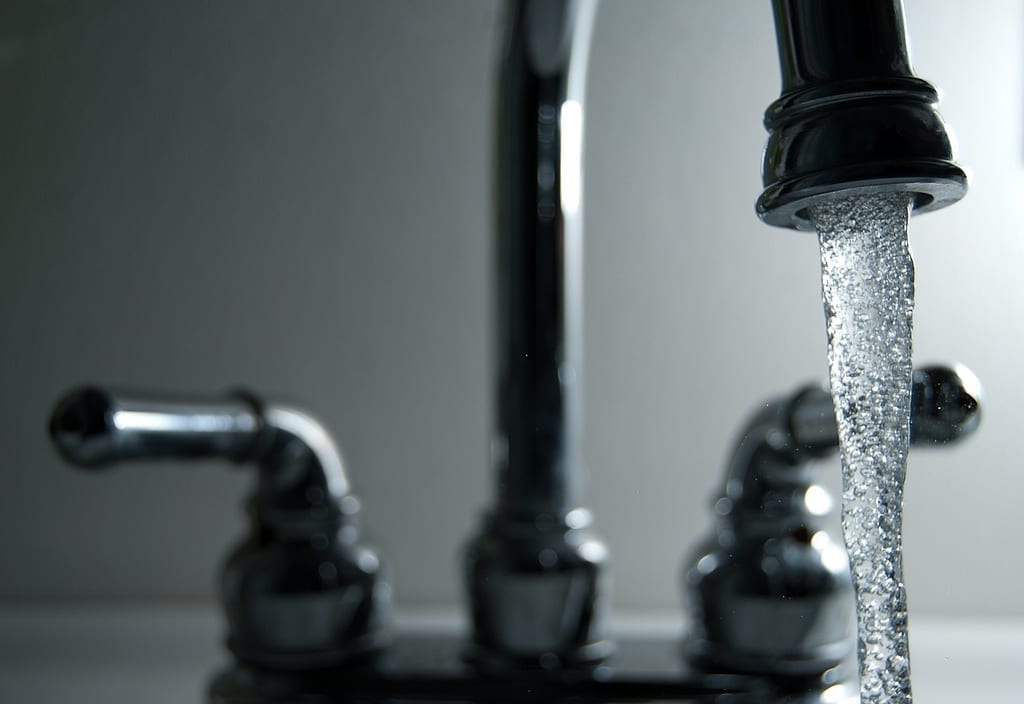The city of Flint, Michigan made news after finding high levels of lead in the drinking water. However, Flint is far from the only municipality dealing with water contamination. Bad water is turning up all over the place as citizens have started paying extra attention. Let’s look back at a number of incidents from last year alone.
February, 2016: Bad record keeping in Pennsylvania meant public complaints of water contamination from nearby fracking operations had been underestimated. A non-profit group discovered over 2300 previously mishandled or lost complaints. While an EPA study concluded that fracking posed little threat to nearby groundwater, properly tracking the number of complaints indicates that contamination levels in Pennsylvania are higher than previously reported.
April, 2016: Nineteen schools in the Detroit Public School system have elevated levels of lead or copper. Three “high priority” water faucets were tested at each school, such as drinking fountains and in food preparation areas. A school official noted that the levels, while high, were not “extreme,” and more schools would continue to be tested.
April, 2016: Fracking wastewater spills are responsible for widespread soil and water contamination in North Dakota. Duke researchers took samples of soil and water near sites of major spills, finding high levels of ammonium, selenium, lead and other toxic contaminants. While spilled oil may (eventually) break down in the soil, spilled fracking brine releases inorganic chemicals, such as metals and salts, that resist decomposition. The North Dakota Industrial Commission is pressing for tighter regulations to help prevent future spills, but of course the oil industry feels that would be onerous.
May, 2016: Portland, Oregon schools began replacing water pipes due to elevated levels of lead in their drinking water, but didn’t turn off the water or tell students and teachers not to drink it. Instead, school officials waited eight days before saying anything, and then apologized.
September, 2016: Unusual levels of Chromium 6 were found in the 29 of 30 drinking water supplies that serve northeastern Ohio. The levels did not exceed California’s legal limit of 10 parts per billion (California being the only state that has a limit), but many samples exceeded the 0.02 ppb that public health scientists consider safe. Water in Cleveland and Columbus, however, exceeded 10 ppb. Chromium 6 is a carcinogen.
September, 2016: Following the opening of a sinkhole at a Florida fertilizer plant, over 215 million gallons of contaminated water rushed down the hole and into an aquifer. The Florida Department of Environmental Protection doubts the water contamination will affect nearby wells. It’s worth noting that Florida sits atop karst formations which are notably porous, hence the sinkholes.
October, 2016: Pittsburgh, Pennsylvania, plagued (like many cities) by aging infrastructure, turned to a private company to manage their water supply. The arrangement worked out at first, but then the layoffs came. Water quality and safety managers as well as half of their testing personnel got the ax. The company substituted a cheaper chemical for the soda ash they’d previously added to the water as an anti-corrosive. Sure enough, lead levels eventually exceeded federal standards in 17% of homes. Veolia, the water management company, says they wouldn’t prioritize cost savings over water safety. Their deal with the city gave them roughly half of all costs saved under their management.
November, 2016: The Cleveland Municipal School District found – you guessed it – unusually high lead levels in their water. One sink at an elementary school tested at 4,480 parts per billion. (The EPA takes action at 15 ppb.) The school system plans to fix or replace the pipes, but that will cost tens of thousands of dollars.

December, 2016: Nestlé seeks to pump and bottle more Michigan ground water in Osceola county because another well they use contained traces of perchlorate from decades of municipal firework displays near the site. The water from that well is now mixed with water from other wells to dilute the perchlorate to levels allowed in states that regulate the thyroid-affecting chemical.
December, 2016: Three private wells in Long Island, NY, tested positive for dangerously high levels of MBTE, a gasoline additive banned in New York since 2004. These homes are in a (supposedly) protected watershed area.
December, 2016: The city of Chicago told North side residents not to drink the water after a nearby car wash’s improper drainage allegedly lead to water contamination. Residents reported sickly, discolored water and other problems for months
December, 2016: A Milwaukee elementary school found high levels of toxic metals in their water. One faucet had six times the action level for lead and nineteen times the action level for copper. Testing found dangerous levels of lead at almost 200 drinking fountains at multiple locations, including places that host programs for young children.
December, 2016: More than 20% of water samples taken from 414 homes and businesses in St. Joseph, Louisiana, contained dangerous levels of lead.
This list is likely incomplete. As more schools, homes, and municipalities test their water, the number of people affected by water contamination is sure to increase. Every time the profit motive encourages businesses to externalize their poisons rather than pay to clean them up, every time we vote for more deregulation, every time the EPA bows to corporate influence rather than protecting citizens, this is what we will get. This is one of the legacies of industrial culture. We have long poisoned the future, paying a permanent cost for temporary gain. The chickens are coming home to roost.


Join the conversation!